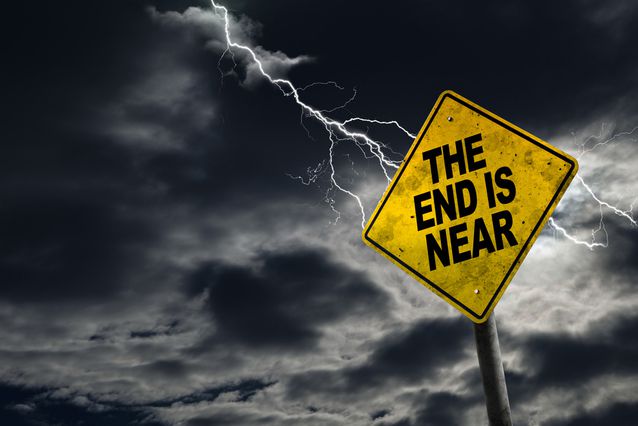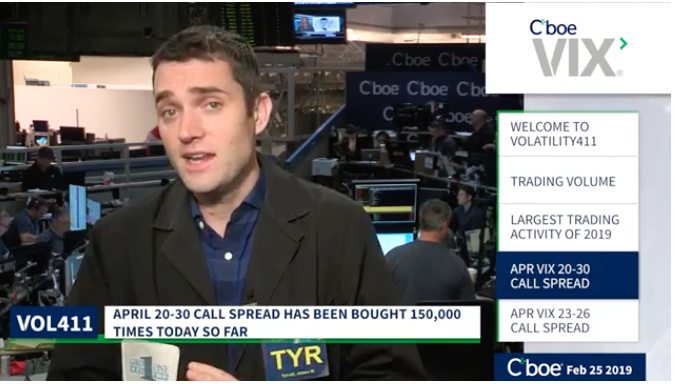Today I received an e-mail message from one of my concerned students:
Hello Mr. Moadel,
I’ve been running into a lot of information about a possible recession approaching in 2018, including but not limited to:
- Markets overextended
- Short-term treasury bond yields now greater than long-term yields
- Continued dollar devaluation
- Other countries beginning to drop the dollar
- Inflation resulting from excessive quantitative easing
- Etc…..
Is there an indicator to follow that may tip their hats to a possible market correction and/or a coming recession? Thanks again for your time.
– R.
Here is my response to the student and to anyone concerned about an impending cataclysm:
Tags: SPY DJIA IWM QQQI certainly wish that I could point to a single indicator that could predict a market crash or recession. The factors you’ve mentioned (inversion of the yield curve, decline of the dollar, etc.) are certainly worth keeping an eye on, along with corporate earnings, equity valuations, and myriad other factors (fortunately, we’ve got a top-notch community and research base here at FinomGroup to help us keep a close eye on these things).
Even with the best and brightest research team on your side, attempting to time a market decline is not the ideal solution; rather, investors should concentrate on finding ways to protect themselves, in a cost-effective manner, at all times for whatever may come. That’s why I tell people over and over to use small position sizes in each and every trade they make; that’s the best way to hedge against the possibility of a crash. It also helps to have a diversified portfolio — for example, instead of only having S&P 500 stocks, an investor could diversify by also having some precious metals and other commodities, currencies, cryptocurrencies, options, real estate, etc.
People gave very compelling reasons that the market “should have” crashed in 2010, 2011, 2012, 2013, 2014, 2015, 2016, and 2017, and it didn’t happen. That’s why I ignore all of the reasons that the market “should” crash in 2018. Instead, I use small position sizes and portfolio diversification to protect myself against the ever-present possibility of a sharp market downturn.
In short: Don’t predict — Protect!Thank you,David Moadel










HI David,
Very good article and I agree with it all.
Market tops inherently take a while to form, while bottoms and recessions can be more erratic and quick.
With the market and economy doing well there is no doubt in my mind things will continue for some time in an upward trend.
Investors and traders should know only invest with what they can tolerate and sleep at night.
The big picture wins and we can fall quite a bit and still be in a major bull market.
With that being said, and suffice to say I am confirmed in the strong bull camp.
All the best!
Thank you for the thoughtful comments, James. Personally, I intend to continue shorting volatility (which is essentially the same viewpoint as going long the equities market) until there is a compelling reason not to do so.